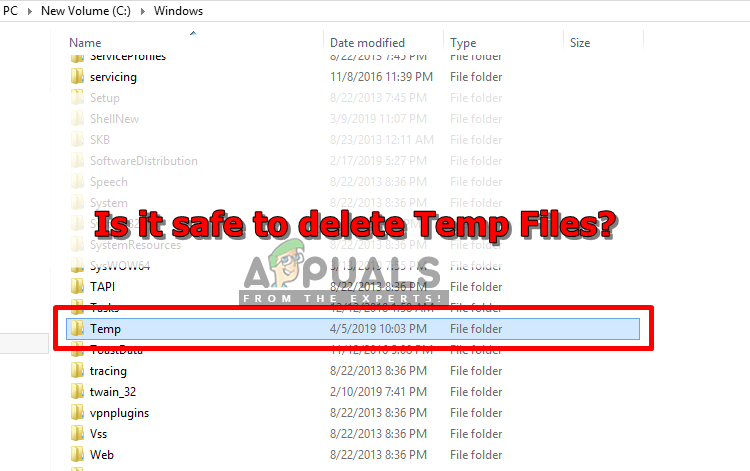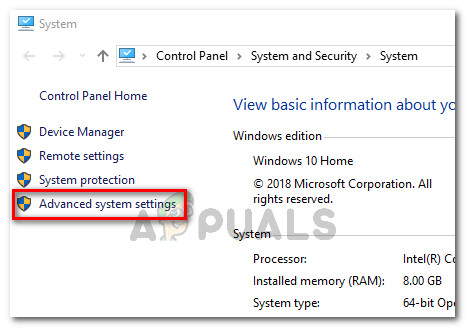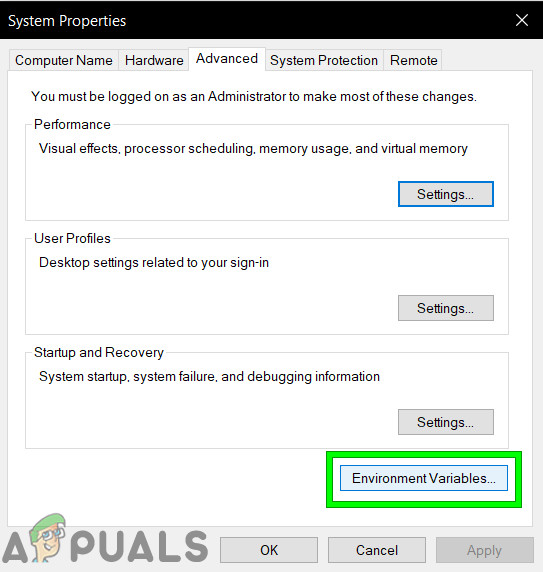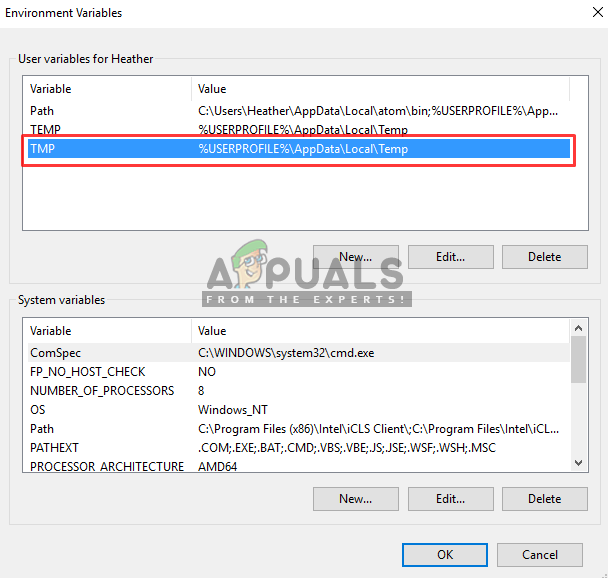What are Temporary Files?
As the name suggests, temporary files are the kind of files that store temporary data that is created by Windows itself or the programs that users use. These files help the computer runs smoothly when you use related programs or tasks. They are also known as foo files and it has .temp as an extension. When you are using some editing software related to media, graphics, or text writing there will be temporary files created for your work in progress. Not only do these files will help your program to run faster and smoother, but they also help create a recovery backup in case your system or program shut down unexpectedly.
Usage of Temporary Files in your PC
Many of the users who use files like ISO, RAR may have seen the temporary extraction of files in your computer, They extract files in your temporary folder while you use them for installation or other purposes and when the process is complete, they remove it automatically. Most of the temporary files that the system uses are deleted automatically after the task is complete. But there can be some files which stay in your storage for future use. The same can apply for your daily use programs which need these temporary files to complete operations and tasks faster for the users.
Location of Temp Files
We know our primary drive is the one where our Windows are installed and most of the time, the system uses that drive for the basic usage of a system. So the temporary files that get stored in your system will be in this primary drive because its where your other system files are located too. Computer users need this drive to run faster so their system can work fast without any lag or hanging. On the contrary, these files can take quite some space in your primary drive which can put some impact on the system. We can also change the location of the temporary files through Environment Variables as shown below:
Why do you need to Delete Temporary Files and is it Safe?
There can be some files that you might need for your daily usage. But most of the other temporary files will have no use. When the temporary files folder gets larger, it can slow down your PC. Also, the temporary folder having a larger size in most scenarios isn’t going to slow down your PC. But if the files like browser cache, unused or old programs are not refreshing because of not restarting the system, then all these can put some pressure on your PC and making it slow. So if we want a definitive conclusion about safety, then Yes it is safe to delete these temporary files from our systems. You can easily delete these files and restart your PC after that. Now deleting temporary files might provide you some benefit but the difference will not be so much noticeable. You can delete them manually or use some third-party software like “CCleaner” to clean it up for you. So, as all mentioned above about the temporary files, there is no need to worry about the temporary files. In most cases, the deleting of temporary files will be automatically done but you can do it yourself too.
What are PLIST Files and is it Safe to Delete them?FIX: Can’t Delete Temporary Files on Windows 10What are SH Files and How to Execute Them?What is System Reserved Partition and is it Safe to Delete it?



